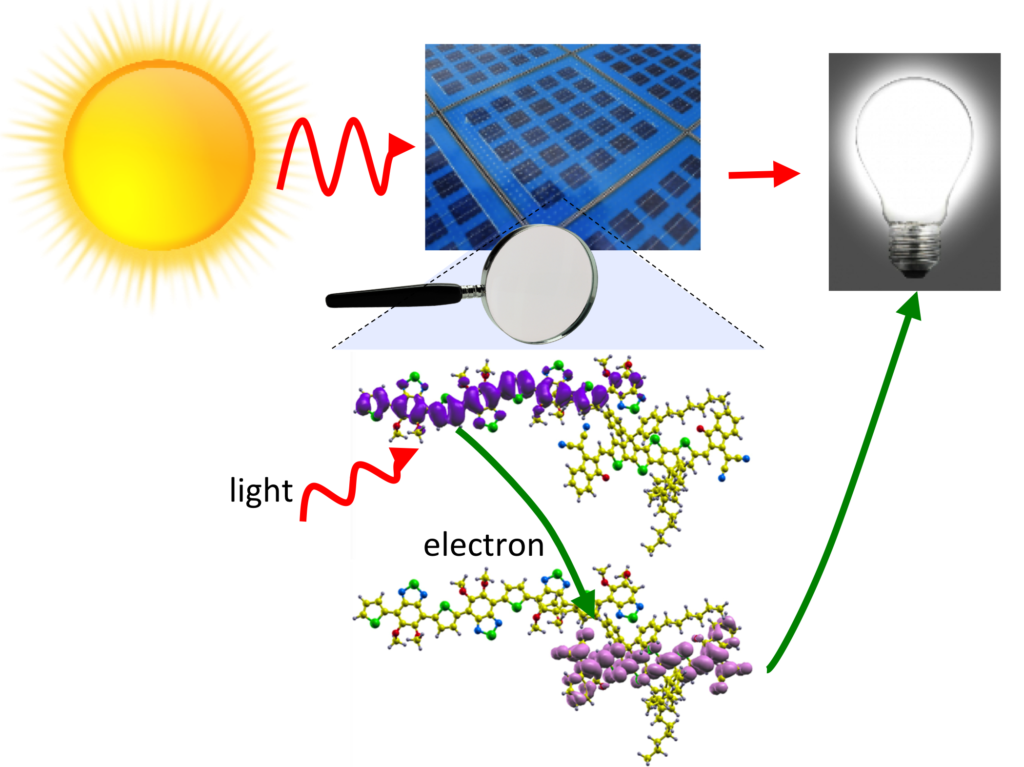With Prof. Tim Conrad (TC), Free University of Berlin, and Dr. Donal Mackernan (DM), University College Dublin.
Abstract
Until recently the idea that methods rooted in statistical physics could be used to elucidate phenomena and underlying mechanisms in biology and medicine was widely considered to be a distant dream. Elements of that dream are beginning to be realized, aided very considerably by machine learning and advances in measurement, exemplified by the development of large-scale biomedical data analysis for next-generation diagnostics. In this E-CAM interview of Tim Conrad, the growing importance of diagnostics in medicine and biology is discussed. One difficulty faced by such developments and shared with particle-based simulation is the “curse of dimensionality”. It is manifest in problems such as: (a) the use of a very large number of order parameters when trying to identify reaction mechanisms, nucleation pathways, metastable states, reaction rates; polymorph recognition (b) machine learning applied to electronic structure problems – such as neural network based potentials need very high dimensional basis sets; (c) systematic coarse-graining would ideally start with a very high dimensional space and systematically reduce the dimension. The opportunities and challenges for scientists engaging with industry are also discussed. Tim Conrad is Professor of “Medical Bioinformatics” at the Institute of Mathematics of the Free University of Berlin and head of MedLab, one of the four laboratories of the Modal research campus. MODAL is a public-private partnership project which conducts mathematical research on data-intensive modeling, simulation, and optimization of complex processes in the fields of energy, health, mobility, and communication. Tim Conrad is also the founder of three successful start-up companies.
In this E-CAM interview with Prof. Tim Conrad, the growing importance of diagnostics in medicine and biology is discussed, including concepts rooted in signal analysis relevant to systematic dimensional reduction, and pattern recognition, and the possibilities of their application to systematic coarse-graining. The opportunities and challenges for scientists of start-up companies are also discussed based on experience.
Continue reading…



